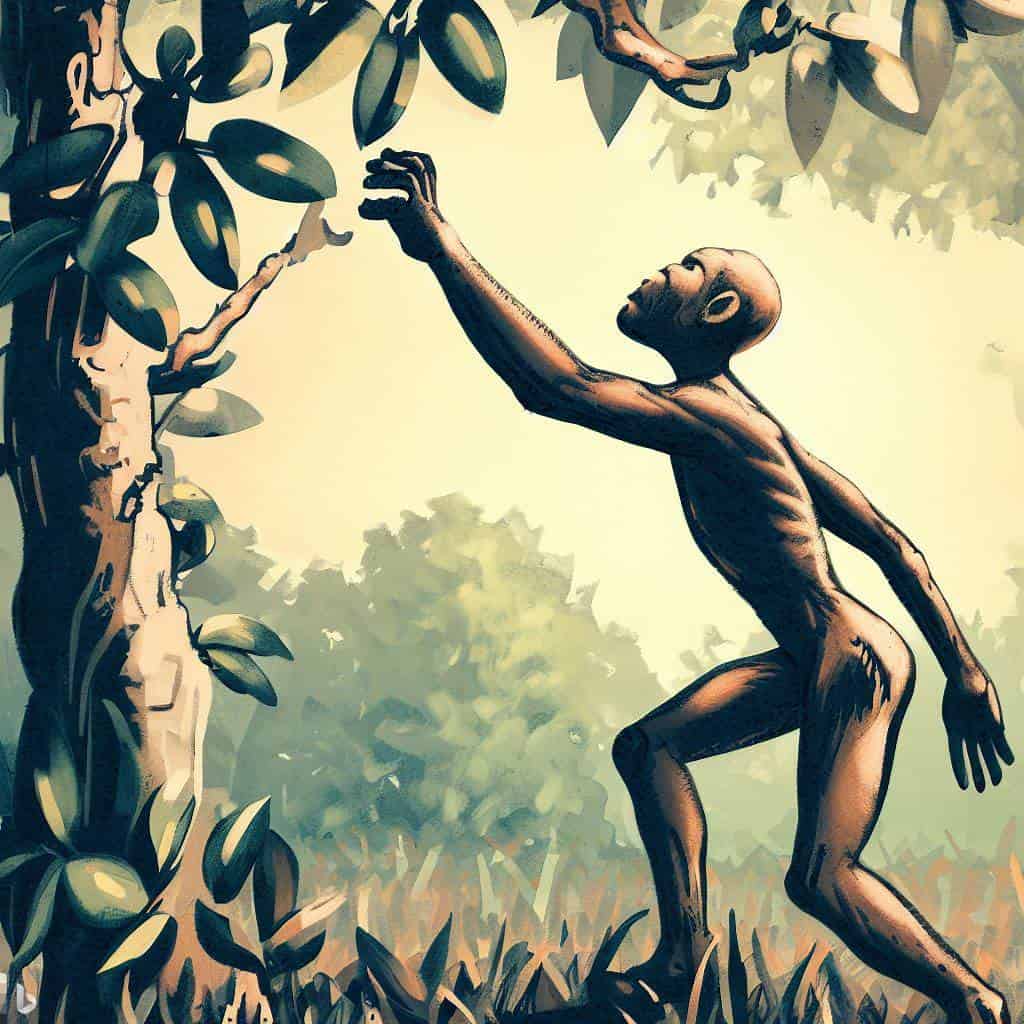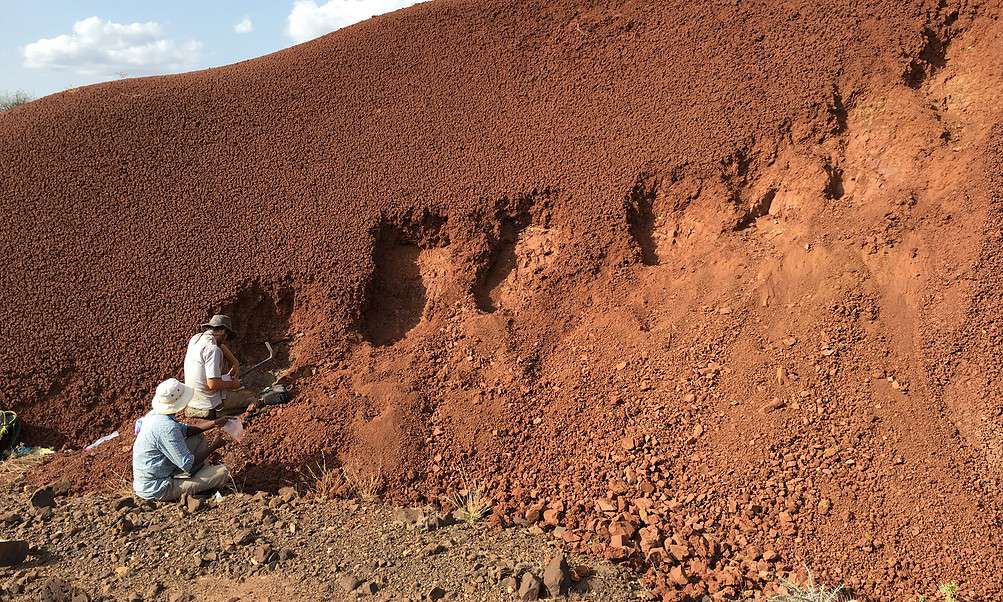
New research challenges traditional beliefs about the habitat and dietary preferences of early apes. Two studies published in Science reveal that early hominoids, such as Morotopithecus, may have evolved in seasonally dry woodlands with abundant C4 grasses, rather than dense tropical forests as previously thought. This finding pushes back the timeline of the earliest evidence of C4 grass-dominated habitats in Africa by over 10 million years. These findings suggest that early apes evolved their unique locomotor abilities and upright torsos for foraging on leaves in open woodlands rather than forests, calling for a new paradigm in understanding early ape evolution.
Decade-long research effort
The studies are the result of a decade-long research effort led by Daniel Peppe, Ph.D., associate professor of geosciences at Baylor University, and an international research team. The project, known as Research on Eastern African Catarrhine and Hominoid Evolution (REACHE), aimed to understand the types of ecosystems that existed in the early Miocene and their impact on early ape evolution. The research was conducted at nine Early Miocene fossil site complexes in the East African Rift of Kenya and Uganda.

Previous beliefs held that Early Miocene (15-20 million years ago) equatorial Africa was covered by semi-continuous forest, with open habitats and C4 grasses proliferating 8-10 million years ago. However, the findings challenge this belief and push back the earliest evidence of C4 grass-dominated habitats in Africa and globally by over 10 million years.
Multiple lines of evidence
The researchers used multiple lines of evidence to arrive at their conclusions. They analyzed the functional anatomy of femora and vertebrae attributed to the ape Morotopithecus, as well as dental traits, including molar shape and isotopic profiles of Morotopithecus enamel. They also studied isotopic dietary paleoecology of associated fossil mammals and biogeochemical signals from paleosols (ancient soils) that reflect local relative proportions of C3 (trees and shrubs) and C4 (tropical grasses and sedges that can endure water stress) vegetation, as well as rainfall[1]. Additionally, assemblages of phytoliths, microscopic plant-derived silica bodies that reflect past plant communities, were analyzed.
Caroline Strömberg, Ph.D., professor of biology at the University of Washington and co-author of the study, comments on the importance of phytoliths: “They can tell us not just that there were grasses, but which grasses were there and how abundant they were on the landscape”.
Implications for Early Ape Evolution
The research found that Morotopithecus inhabited open woodland environments with abundant grasses and relied on leaves as an important diet component. This contradicts predictions that unique ape features, such as their upright torsos and versatile locomotion, originated in forested environments to enable access to ripe fruit in terminal branches. Kieran McNulty, Ph.D., professor of anthropology at the University of Minnesota and co-author of the study, explains the significance of the research: “By combining these methods, we leverage the strength of one to shore up weaknesses or validate assumptions of another, resulting in a synthetic approach that challenges well-established theories”.

Daniel Peppe sums up the findings: “Multiple lines of evidence show that C4 grasses and open habitats were important parts of the early Miocene landscape and that early apes lived in a wide variety of habitats, ranging from closed canopy forests to open habitats like scrublands and wooded grasslands with C4 grasses”. This new understanding of early ape evolution and habitat preferences necessitates a reevaluation of established theories and paves the way for future research into ape evolutionary origins.

